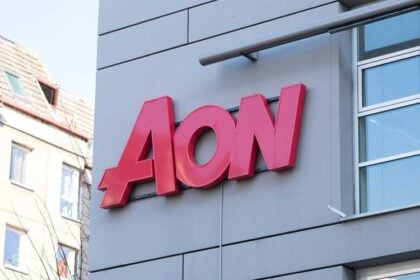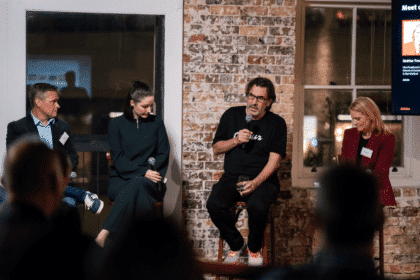In this guest post, Stu Wragg (lead image), chief strategy officer at Herd MSL, takes a look at global brands getting the sustainability message right and the lessons Aussie brands can learn along the way…
The need to address increased consumer and employee interest in the environmental and social action of business is clear to most corporate leaders. Less clear is how to approach engagement.
Go too hard to communicate your sustainable transition before you have your house in order and the risk of criticism is real. Communicate too conservatively however, and the risk is more about missed opportunity.
This engagement dilemma confronts brands all over the world, which doesn’t make it easier to solve but does mean there are plenty of examples to learn from.
Prioritise action over promises
Whether it’s net zero commitments or supply-chain pledges, corporate Australia has made countless sustainability promises. These promises are important, but actions matter more. Consumers and employees don’t just care about what you plan to do, they want to know what you’re actually doing.
AbInBev’s Contract For Change is a great example of meaningful action that’s communicated well. By providing US farmers the economic certainty needed to transition to organic farming, AbInBev was not only able to benefit US farmers but shore-up grain supply for its fast-growing organic product line. Targeted creative with a clear-call-to-action helped the campaign engage farmers across the US but what was most impressive was the scale and scope of the action itself.
Leverage visual story-telling
Getting consumers interested in a business’ action to deliver positive environmental and social outcomes is hard. Messages about a switch to renewable energy or efforts to close the gender pay-gap are two-a-penny. That doesn’t mean consumers don’t care but it does mean creativity is essential if messages are to cut-through.
Burger King’s mouldy burger campaign is a reminder of the impact visuals can play. The mouldy Whopper generated global talkability about the fast-food chain’s move to go preservative-free, in a way words alone would not.
Find a common-thread
The scale and scope of action needed to build a more sustainable business makes it difficult to neatly package up a compelling story for audiences. This is problematic for corporate execs whose leadership and storytelling is required to drive internal and external stakeholder support.
French retailer Carrefour’s Act For Food platform shows what’s possible when a sustainability mission is captured in a simple but engaging way. The platform not only describes what the organisation seeks to do but ties together a wide range of actions to support the global food transition.
Maximise every touch-point
Brands have no shortage of channels and means to communicate with employees and consumers. Given the scale and scope of sustainability-focused action it’s critical all relevant channels are leveraged well. If nothing else, embedding sustainability messages into the day-to-day cadence of business comms signals the importance a business attaches to sustainability.
British Airways is a good example of a brand that has put its sustainability program at the heart of its business and engagement. From the moment a ticket is purchased to the content a customer reads in the in-flight magazine, the brand maximises every opportunity to inform and influence.
Show me, don’t tell me
Sustainability engagement isn’t just about telling audiences what your business is doing to lessen its impact on the planet. It’s also about showing consumers what’s possible when they consume sustainably. Often, the requirement for comms is to encourage behaviour change. This requires addressing barriers that hold consumers back from acting on their sustainable intentions.
Renault’s Electric Village campaign is a fun example that shows how humour and human storytelling can be used to overcome barriers. By gifting a remote French village a fleet of Renault EVs and capturing villagers’ experiences living with the cars, the brand educated and engaged French consumers by showing them (not telling them) how running out of battery need not be a concern.








